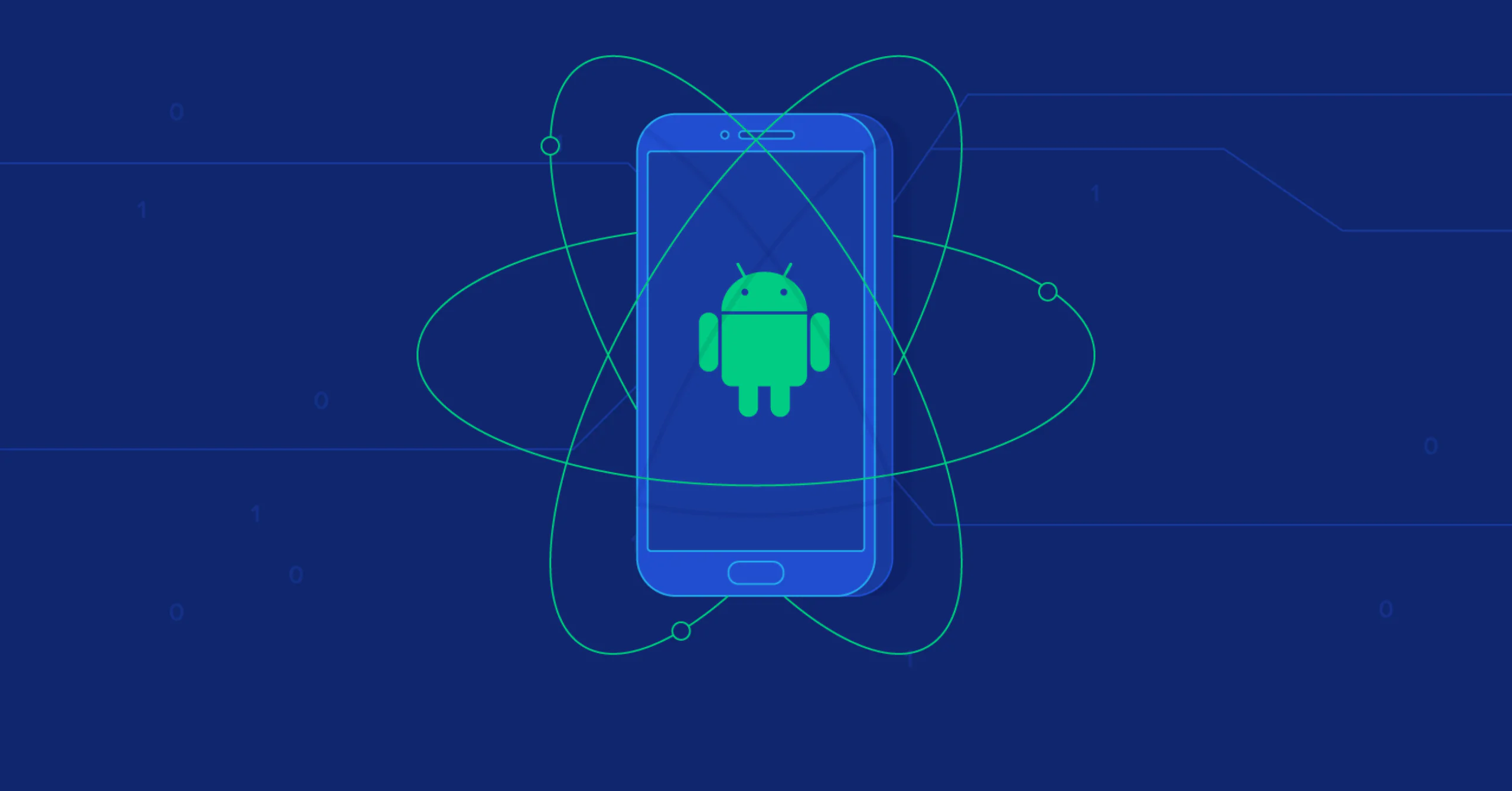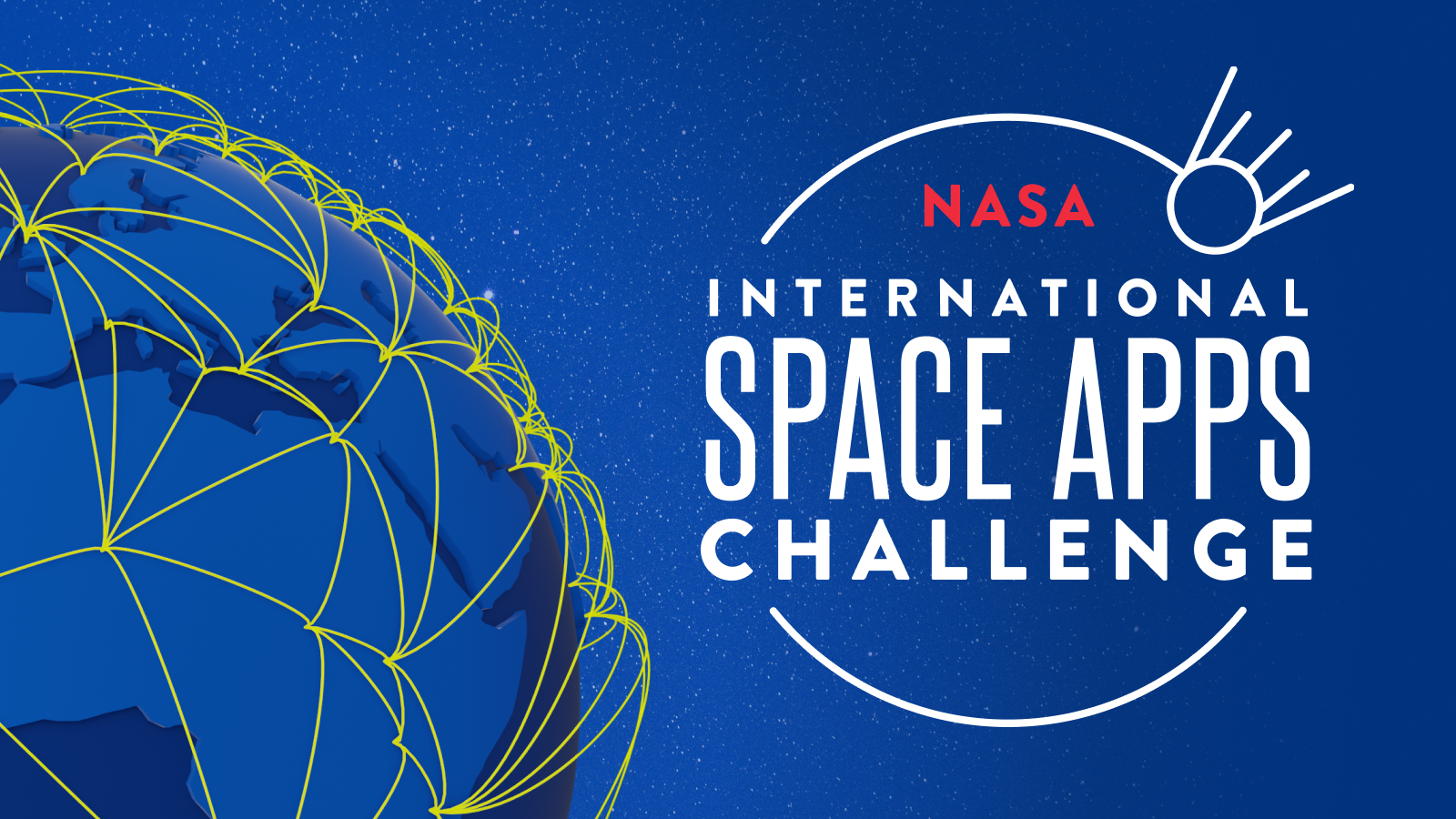In 2025, the demand for mobile applications continues to skyrocket. With over 3 billion active Android devices worldwide, Android remains the most popular mobile operating system. While cross-platform frameworks like Flutter and React Native are gaining traction, learning native Android development—especially using Kotlin with Jetpack Compose—is more important than ever. Here’s why mastering native Android development in 2025 is a smart move for any aspiring mobile developer.

1. Unmatched Performance and Optimization
Native Android apps are built using tools provided by Google, such as Android Studio, Kotlin, and Jetpack libraries. This means:
-
Better memory management
-
Faster execution
-
Seamless integration with device hardware
-
Optimized UI/UX with Jetpack Compose, Android’s modern UI toolkit
Apps like Google Maps, Instagram, and WhatsApp use native code to ensure smooth performance and responsiveness—something cross-platform frameworks often struggle with.
2. Access to Latest Android Features First
Google prioritizes native Android development by releasing the latest features, APIs, and updates specifically for native tools first. In 2025, with the release of Android 15 and beyond, native developers get early access to:
-
Advanced AI/ML integration
-
New UI transitions and animations
-
Enhanced security and privacy controls
-
Support for foldables, AR, and IoT devices
By going native, you future-proof your skills and stay ahead of the curve.
3. Job Opportunities and Career Growth
Top tech companies and startups still prefer native Android developers for complex, high-performance apps. Roles like:
-
Android App Developer
-
Kotlin Developer
-
Jetpack Compose Specialist
-
Android Engineer (AR/VR/IoT)
…are in high demand on platforms like LinkedIn, Glassdoor, and Indeed. In 2025, hiring managers look for developers with deep knowledge of Kotlin, Android SDK, and Jetpack Compose.
💡 SEO Tip: If you’re searching for jobs, use keywords like “native Android developer 2025”, “Jetpack Compose developer”, and “Kotlin mobile app jobs”.
4. Better Developer Tools and Community Support
Android Studio has evolved significantly in 2025 with features like:
-
Live previews with Compose
-
AI-powered code completion
-
Advanced profiling tools
-
Built-in Firebase and ML Kit integration
Pair that with the massive Android developer community and extensive documentation, and you’ve got everything needed to build powerful apps faster and more efficiently.
5. Build Scalable and Reliable Apps
Enterprises rely on native Android apps for scalability, stability, and security. Whether you’re building banking apps, health platforms, or e-commerce solutions, native development ensures your app can handle millions of users with robust performance and low crash rates.
6. Full Control and Customization
With native Android development, you can customize every pixel and every animation. Unlike cross-platform tools, native allows direct access to:
-
System-level APIs
-
Background services
-
Hardware-level integrations like sensors, GPS, and NFC
This level of control is essential for creating unique user experiences that stand out on the Play Store.
In 2025, learning native Android development isn’t just an option—it’s a competitive advantage. With tools like Kotlin and Jetpack Compose, Android app development is faster, more powerful, and more flexible than ever.
Whether you’re aiming to land a high-paying job, build the next trending app, or start your freelancing journey—mastering native Android development is a must.








